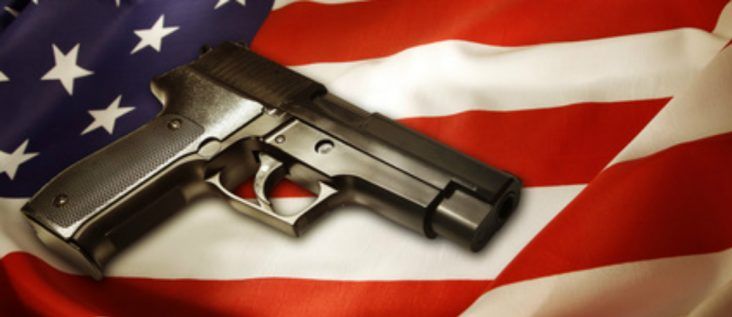Reports: $25 million set aside to study gun violence
by December 17, 2019 7:29 pm 417 views

House and Senate negotiators have reportedly agreed to $25 million in federal government spending to study gun violence, according to multiple national news organizations. For decades, federal funding has effectively blocked the study of gun violence through what is known as the Dickey Amendment, named after former U.S. Rep. Jay Dickey, R-Pine Bluff.
Dickey led legislation in 1996 that blocked federal agencies from using funds to advocate for gun control. Before he died, he penned an op-ed in the Washington Post in 2012 reversing his position.
“One of us served as the NRA’s point person in Congress and submitted an amendment to an appropriations bill that removed $2.6 million from the CDC’s budget, the amount the agency’s injury center had spent on firearms-related research the previous year. This amendment, together with a stipulation that ‘None of the funds made available for injury prevention and control at the Centers for Disease Control and Prevention may be used to advocate or promote gun control,’ sent a chilling message,” Dickey wrote with co-author Mark Rosenberg, an international health expert and former director of CDC research on firearm violence.
“Since the legislation passed in 1996, the United States has spent about $240 million a year on traffic safety research, but there has been almost no publicly funded research on firearm injuries. As a consequence, U.S. scientists cannot answer the most basic question: What works to prevent firearm injuries?” Dickey and Rosenberg added.
The 2019 budget agreement reportedly includes $12.5 million each for the Centers for Disease Control and Prevention (CDC) and National Institutes of Health to study gun violence and ways to prevent it.
Gun violence research funding was viewed as a top priority for the new Democratic House majority after years of deadly mass shootings in schools, churches and other public spaces. The new funding is expected to help federal officials study the correlation between domestic violence and gun violence, safe storage of guns, and how to reduce firearm suicides.
Health advocates for years have said gun violence should be treated as a public health crisis, but the longstanding Congressional block prevented serious public sector study. An estimated 40,000 Americans die from gun violence each year and mass shootings have been on the rise for over a decade.
“It’s discovering what science can do for a problem like this. If you look at what science can do for heart disease, for cancer. It’s saved tens of thousands of lives,” said Rosenberg. “This is going to unlock a vein of pure gold that people on both sides of the aisle will appreciate.”
Former Rep. Gabrielle Giffords, D-Ariz., who became an advocate for reducing gun violence after being shot in the head at a campaign stop in 2011, said the funding will bring about change.
“For far too long, the United States Congress put the political agenda of the gun lobby over our nation’s public health and safety. But today, with outraged Americans demanding solutions to gun violence and a new gun safety majority elected to the House of Representatives, change is happening,” Giffords said.
The National Rifle Association warned against going too far with research, but did offer measured support for the funding.
“Everyone knows the NRA supports properly conducted research into the causes of violence. What we don’t support are taxpayer-funded efforts to weaponize the CDC for political ‘research’ favoring gun control. Fortunately, this legislation retains the Dickey Amendment, which prohibits the use of tax-payer funds to promote gun control,” NRA spokesperson Amy Hunter said.
The new funding is part of a $1.37 trillion spending package being negotiated between the House, Senate and Trump Administration. It also includes money for a border wall on the Mexican border and increases the age for purchasing tobacco products from 18 to 21.
